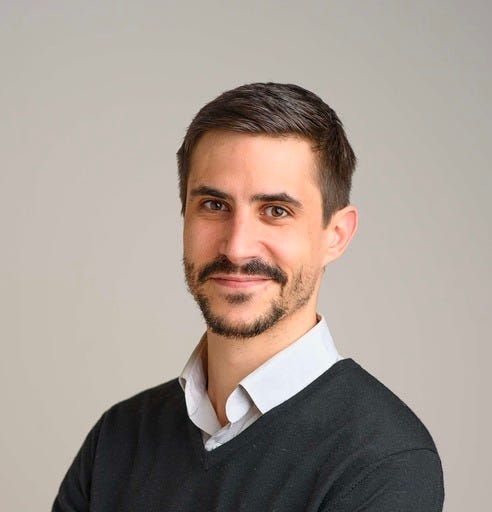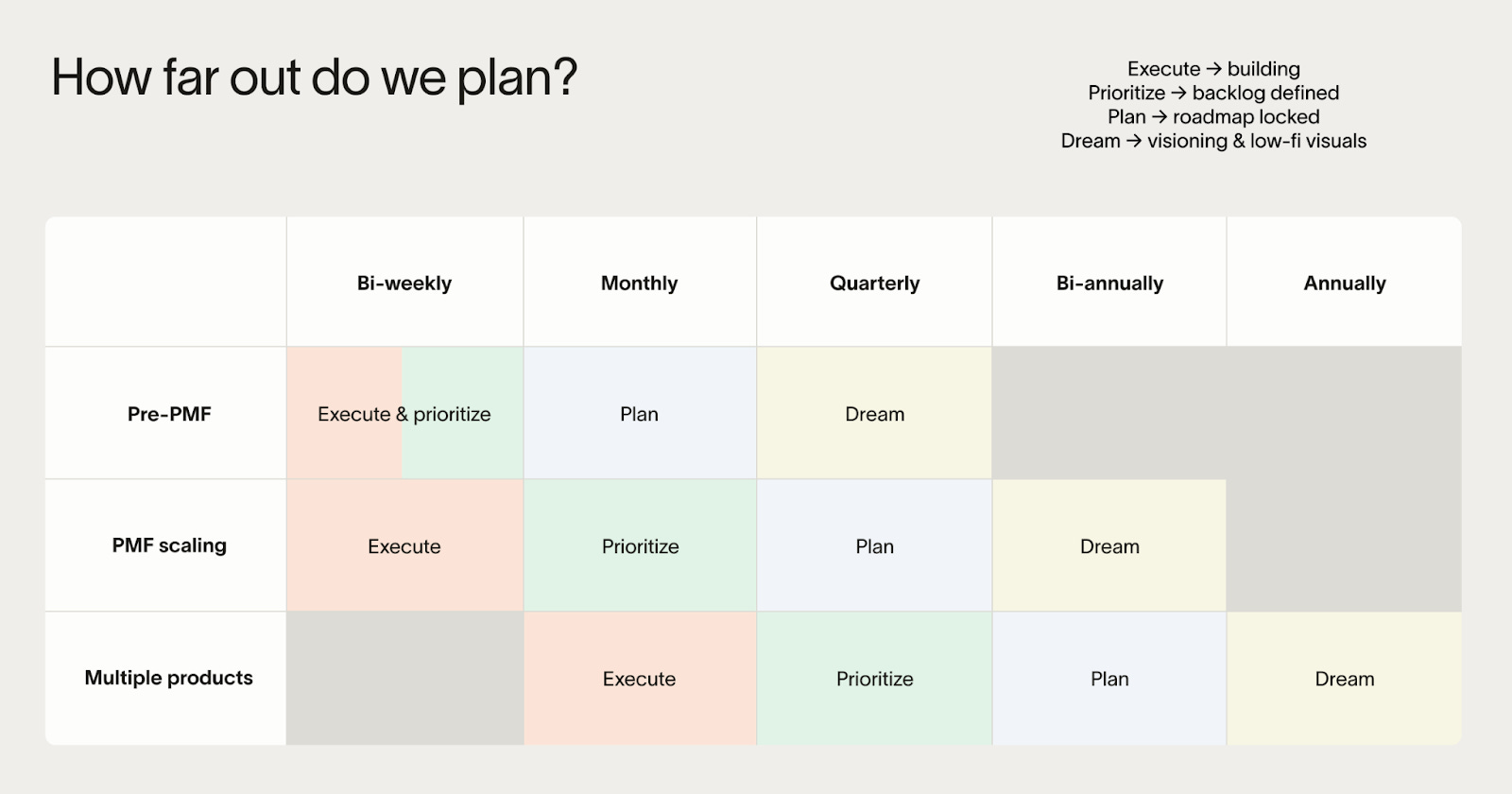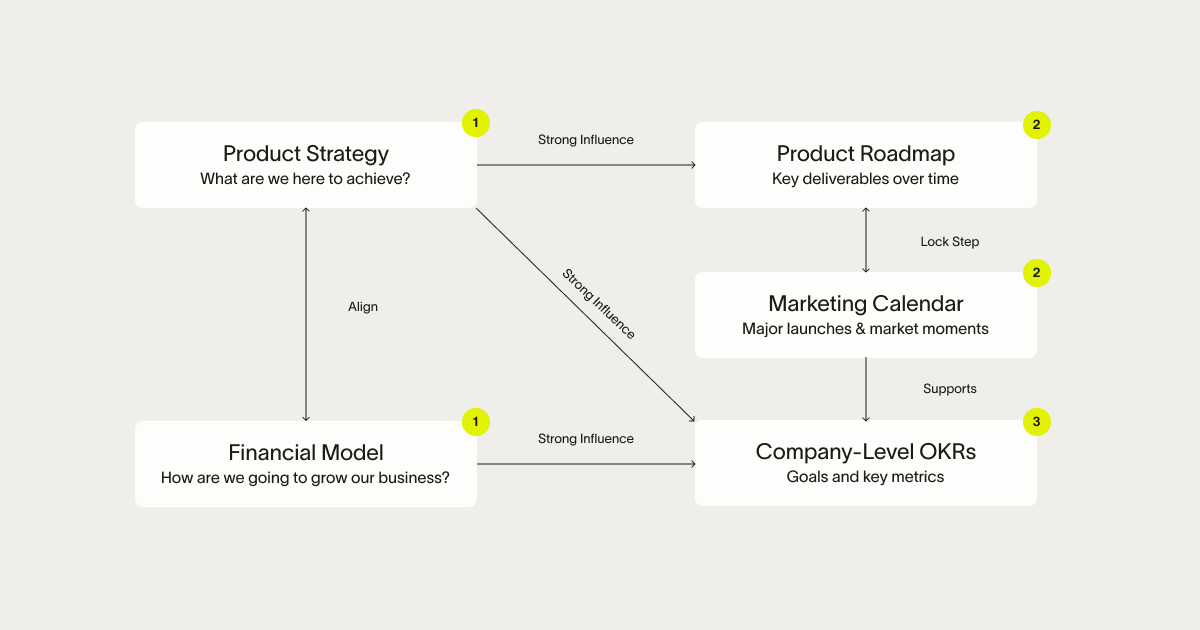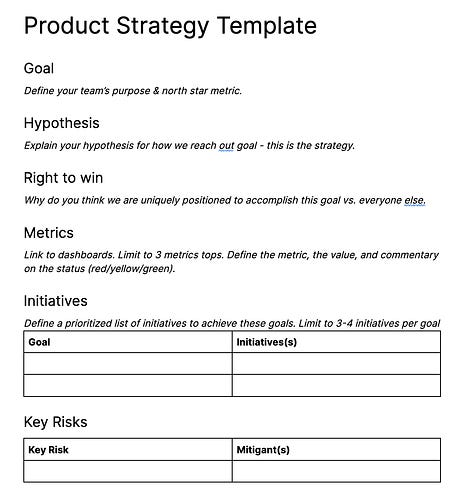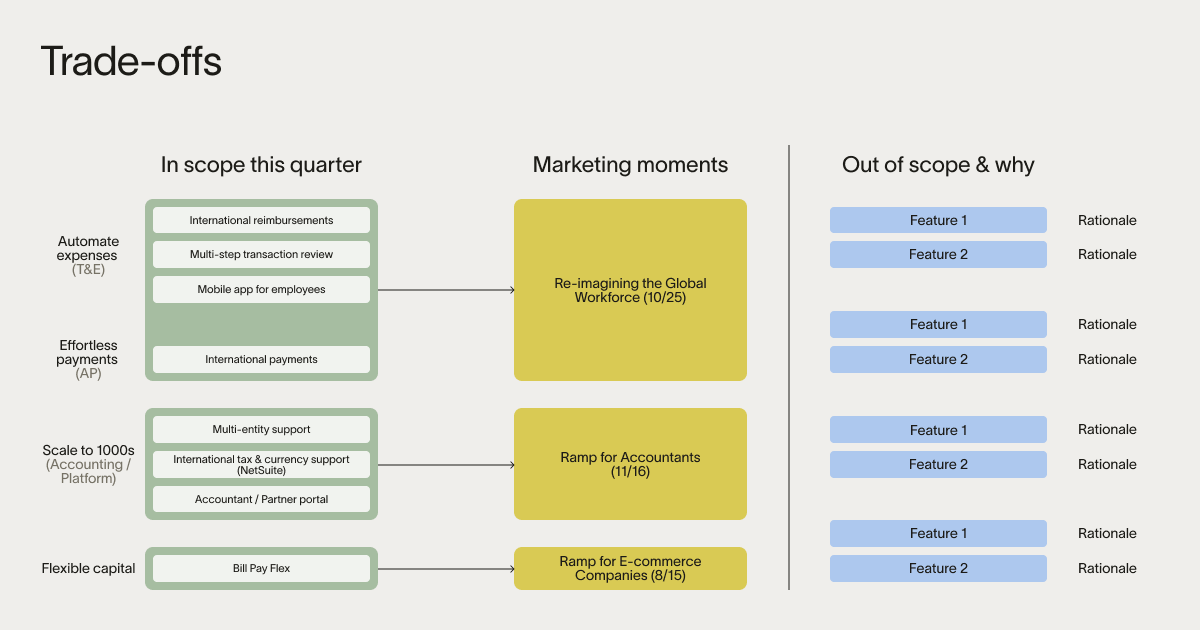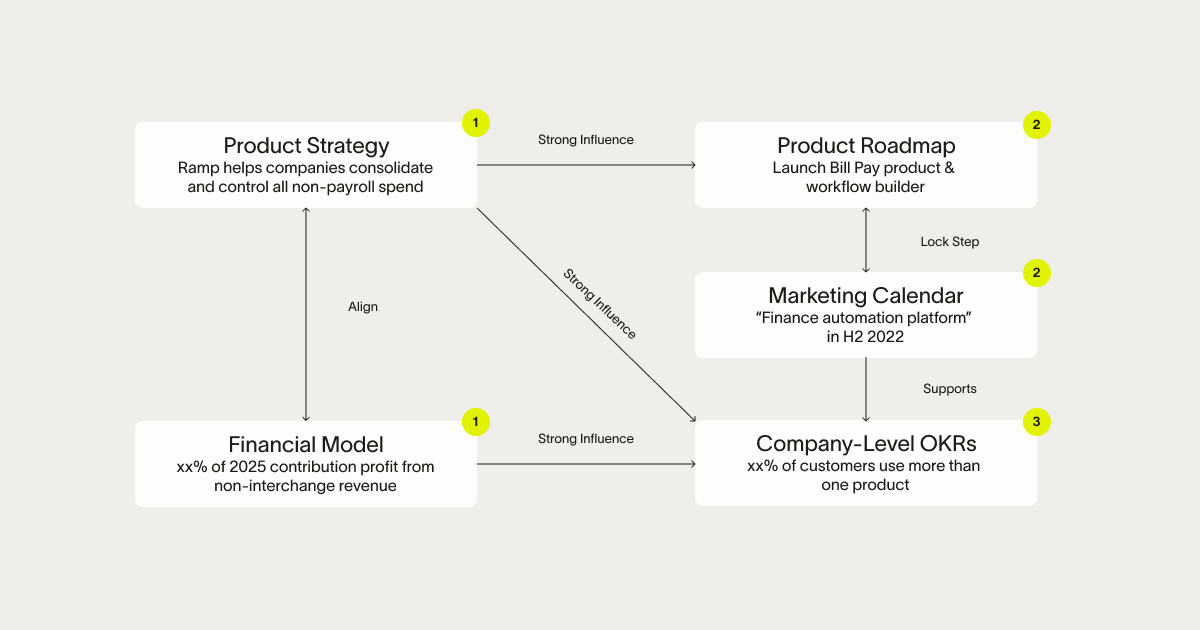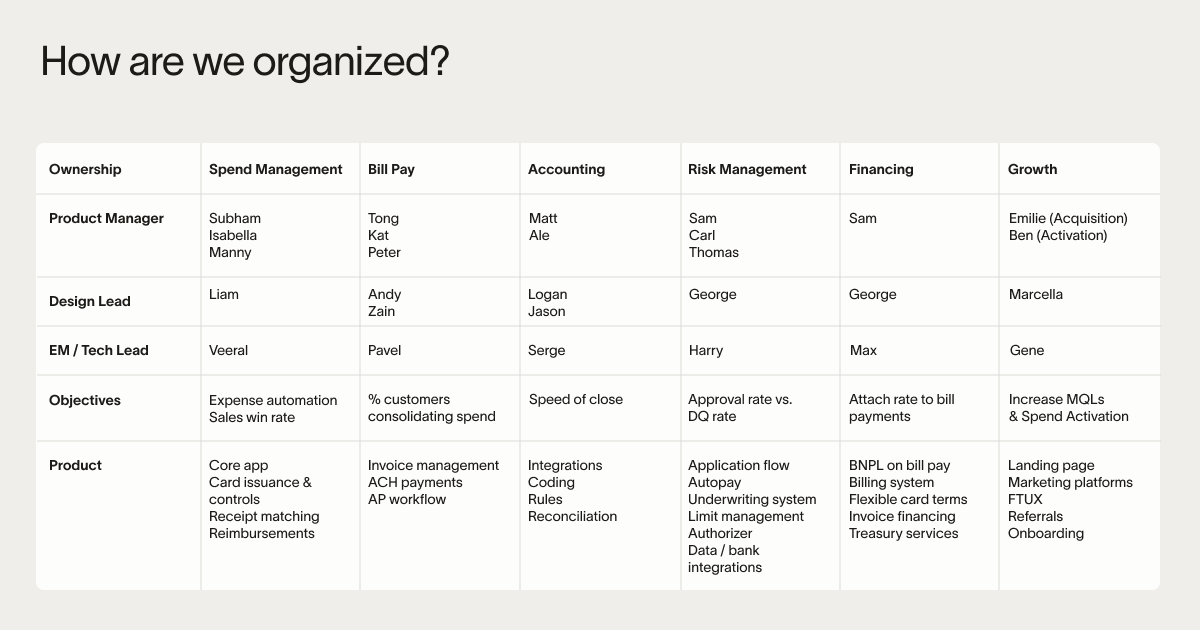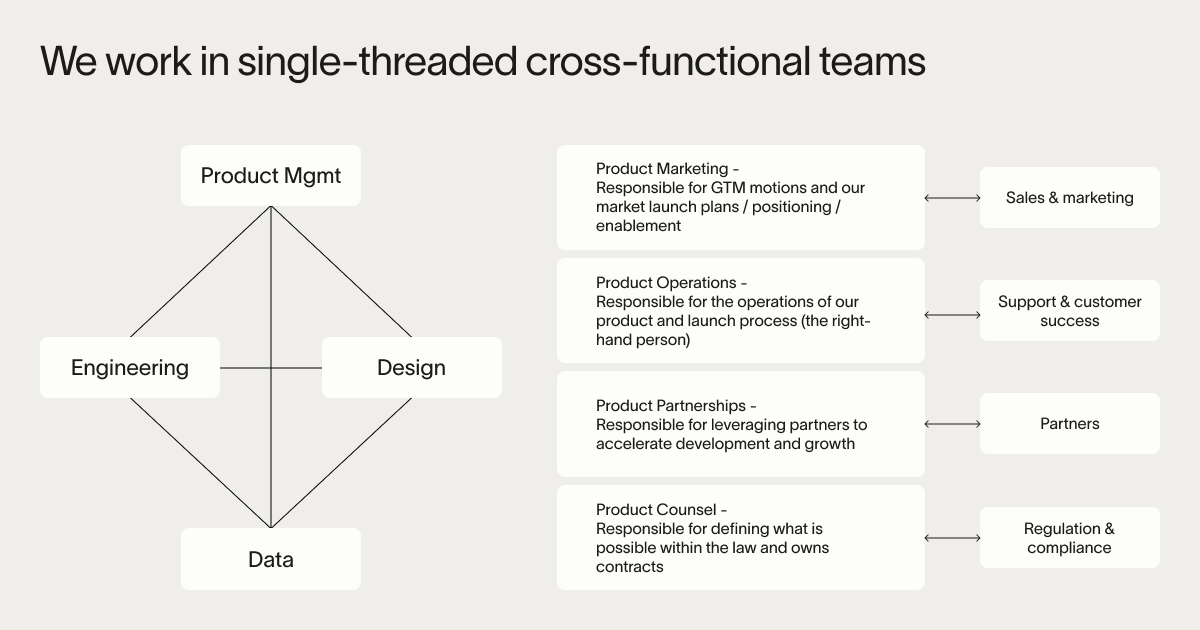Lenny's Newsletter - How Ramp builds product
Below is a peek at today’s paid subscriber-only post. Subscribe today and get access to this issue—and every issue. How Ramp builds productGeoff Charles, VP of Product, on Ramp's unique culture of velocity, efficiency, and empowerment👋 Hey, I’m Lenny and welcome to a 🔒 subscriber-only edition 🔒 of my weekly newsletter. Each week I tackle reader questions about building product, driving growth, and accelerating your career. I was talking to a prominent VC the other day about what startups he’s watching, and he told me that he’s seeing one company quickly becoming a gravity for the best talent: Ramp. If you’re not familiar with Ramp, they provide corporate cards and a spend management platform, helping startups save money and control spending. They were last valued at over $8 billion, are backed by Founders Fund, Redpoint, Stripe, and others, and in the past year grew 4x, to over $10 billion in annualized spending. I believe they are also the fastest-growing SaaS company of all time, hitting a $100 million run rate in two years. I’m not an investor, but I wish I were. In part five of an ongoing series on how the best product teams build product (don’t miss Figma, Coda, Duolingo, and Miro—and Notion, Linear, and Snowflake coming soon), I sat down with Geoff Charles, Ramp’s VP of Product, to understand what Ramp has done right (and wrong) over the years in how they approach product. This is definitely my new favorite edition of this series, and you’ll soon see why below. Here’s what stood out to me most about Ramp’s approach to product:
For more from Geoff, follow him on LinkedIn and Twitter. How Ramp builds product1. How far out do you plan in detail, and how has that evolved over the years?At Ramp, our culture is velocity. It shapes every process and team ritual. It’s how we develop our people. It’s our solution to nearly every problem. And most importantly, velocity is key to our business strategy. It’s how we deliver on our mission to save customers their most valuable resources—their team’s time and money. Our entire planning process is optimized toward product velocity. In essence, we believe that doing is better than planning. Any second you spend planning is a second you don’t spend doing. The moment you are aligned in a direction, you don’t need a high level of accuracy. It’s impossible and costly to try to predict what you can do—and part of our competitive advantage has been that we can respond very quickly to the change in environment, strategy, or customer feedback. We learn something new every day that helps us adjust our plan. While the balance between planning and execution has evolved over Ramp’s growth, we’re still very much in execution mode even today:
2. Do you use OKRs in some form?Oftentimes people start and get very bogged down with OKRs when where they should really start is strategy. The process of OKRs to me feels forced—you know what you want to do, and you have to reverse engineer an objective and a metric to fit into this framework. You sweat the wording and the specific metric. Teams feel like they are being judged on the metric. There is so much iteration. And at the end of all this, not much has changed from the original plan. To win in the market, you need to be product-strategy-driven, not sales- or marketing-driven. You need to believe that the product strategy will deliver value to the customer, and that in turn drives value to the business. That belief is earned and needs to start early in the company’s lifecycle. Here’s the way we plan:
3. How do your product/design review meetings work?At Ramp, we build in the open and empower teams as much as possible to make the decisions in order to move quickly. What this means in practice is that every spec, design, decision, progress, and status is published in project-specific Slack channels, and anyone is invited to read and opine. Essentially, teams farm for dissent, not approval. Eliminating gatekeepers ensures that things keep moving forward. When there were fewer than 100 people, I could actually read everything. I would get notified anytime something was published or a key decision was made, and would review it and share any important perspectives. Three things broke as we scaled:
So for key decisions and high-risk projects, we now trust the PMs to bring these up in the weekly product “jam session.” This is meant to accelerate context sharing, decisions, and alignment between product, design, and engineering. Here are some of our design principles:
Process is like a product—it requires constant iteration, and we’re still iterating. 4. Are product and design part of the same org? And who do PMs ultimately report to? Has this changed over the years?The biggest lever to high velocity is designing your organization structure so that teams are forced to cooperate.
5. Broadly, do you structure your teams around products, user types, user journey, outcomes, or something in between? Has this changed over the years?One of the biggest impacts to velocity is how you organize product teams. Here is how we did this at Ramp:
6. How many PMs are there at this point?We have 14 PMs at Ramp today (and we’re hiring!). We try to increase leverage as much as possible—defined by impact divided by headcount. We reward teams that were able to get more done with very little. For the first two years at Ramp, we had fewer than five PMs and fewer than 50 engineers as we scaled to $100 million in ARR. I try to restrict PM hiring until it’s patently obvious to everyone that product is the bottleneck to velocity. This does a few things:
7. What’s in your product-team tool stack?In order to empower teams to move quickly, we focused less on which tool to use and more on what the tool should accomplish:... Subscribe to Lenny's Newsletter to read the rest.Become a paying subscriber of Lenny's Newsletter to get access to this post and other subscriber-only content. A subscription gets you:
|
Older messages
Lessons from scaling Spotify: The science of product, taking risky bets, and how AI is already impacting the futur…
Sunday, May 21, 2023
Listen now (85 min) | Brought to you by Microsoft Clarity—See how people actually use your product | Eppo—Run reliable, impactful experiments | Eco—Your most rewarding app — Gustav Söderström is the Co
Lessons on building product sense, navigating AI, optimizing the first mile, and making it through the messy middl…
Thursday, May 18, 2023
Listen now (63 min) | Brought to you by Braintrust—For when you needed talent, yesterday | Eppo—Run reliable, impactful experiments | Rows—The spreadsheet where data comes to life — Scott Belsky is an
Your startup idea probably isn’t venture-scale
Tuesday, May 16, 2023
And that's OK
Frameworks for product differentiation, team building, and thinking from first principles | Ayo Omojola (Carbon He…
Sunday, May 14, 2023
Listen now (52 min) | Brought to you by Microsoft Clarity—See how people actually use your product | Eco—Your most rewarding app | LMNT—Zero-sugar hydration — Ayo Omojola is Chief Product Officer at
How Miro builds product
Tuesday, May 9, 2023
Varun Parmar, Chief Product Officer at Miro, shares what they've learned about making OKRs effective, making design reviews useful, doing planning—and tons of plug-and-play templates you can use
You Might Also Like
🚀 Ready to scale? Apply now for the TinySeed SaaS Accelerator
Friday, February 14, 2025
What could $120K+ in funding do for your business?
📂 How to find a technical cofounder
Friday, February 14, 2025
If you're a marketer looking to become a founder, this newsletter is for you. Starting a startup alone is hard. Very hard. Even as someone who learned to code, I still believe that the
AI Impact Curves
Friday, February 14, 2025
Tomasz Tunguz Venture Capitalist If you were forwarded this newsletter, and you'd like to receive it in the future, subscribe here. AI Impact Curves What is the impact of AI across different
15 Silicon Valley Startups Raised $302 Million - Week of February 10, 2025
Friday, February 14, 2025
💕 AI's Power Couple 💰 How Stablecoins Could Drive the Dollar 🚚 USPS Halts China Inbound Packages for 12 Hours 💲 No One Knows How to Price AI Tools 💰 Blackrock & G42 on Financing AI
The Rewrite and Hybrid Favoritism 🤫
Friday, February 14, 2025
Dogs, Yay. Humans, Nay͏ ͏ ͏ ͏ ͏ ͏ ͏ ͏ ͏ ͏ ͏ ͏ ͏ ͏ ͏ ͏ ͏ ͏ ͏ ͏ ͏ ͏ ͏ ͏ ͏ ͏ ͏ ͏ ͏ ͏ ͏ ͏ ͏ ͏ ͏ ͏ ͏ ͏ ͏ ͏ ͏ ͏ ͏ ͏ ͏ ͏ ͏ ͏ ͏ ͏ ͏ ͏ ͏ ͏ ͏ ͏ ͏ ͏ ͏ ͏
🦄 AI product creation marketplace
Friday, February 14, 2025
Arcade is an AI-powered platform and marketplace that lets you design and create custom products, like jewelry.
Crazy week
Friday, February 14, 2025
Crazy week. ͏ ͏ ͏ ͏ ͏ ͏ ͏ ͏ ͏ ͏ ͏ ͏ ͏ ͏ ͏ ͏ ͏ ͏ ͏ ͏ ͏ ͏ ͏ ͏ ͏ ͏ ͏ ͏ ͏ ͏ ͏ ͏ ͏ ͏ ͏ ͏ ͏ ͏ ͏ ͏ ͏ ͏ ͏ ͏ ͏ ͏ ͏ ͏ ͏ ͏ ͏ ͏ ͏ ͏ ͏ ͏ ͏ ͏ ͏ ͏ ͏ ͏ ͏ ͏ ͏ ͏ ͏ ͏ ͏ ͏ ͏ ͏ ͏ ͏ ͏ ͏ ͏ ͏ ͏ ͏ ͏ ͏ ͏ ͏ ͏ ͏ ͏ ͏ ͏ ͏ ͏ ͏ ͏ ͏ ͏
join me: 6 trends shaping the AI landscape in 2025
Friday, February 14, 2025
this is tomorrow Hi there, Isabelle here, Senior Editor & Analyst at CB Insights. Tomorrow, I'll be breaking down the biggest shifts in AI – from the M&A surge to the deals fueling the
Six Startups to Watch
Friday, February 14, 2025
AI wrappers, DNA sequencing, fintech super-apps, and more. ͏ ͏ ͏ ͏ ͏ ͏ ͏ ͏ ͏ ͏ ͏ ͏ ͏ ͏ ͏ ͏ ͏ ͏ ͏ ͏ ͏ ͏ ͏ ͏ ͏ ͏ ͏ ͏ ͏ ͏ ͏ ͏ ͏ ͏ ͏ ͏ ͏ ͏ ͏ ͏ ͏ ͏ ͏ ͏ ͏ ͏ ͏ ͏ ͏ ͏ ͏ ͏ ͏ ͏ ͏ ͏ ͏ ͏ ͏ ͏ ͏ ͏ ͏ ͏ ͏ ͏ ͏ ͏ ͏ ͏ ͏
How Will AI-Native Games Work? Well, Now We Know.
Friday, February 14, 2025
A Deep Dive Into Simcluster ͏ ͏ ͏ ͏ ͏ ͏ ͏ ͏ ͏ ͏ ͏ ͏ ͏ ͏ ͏ ͏ ͏ ͏ ͏ ͏ ͏ ͏ ͏ ͏ ͏ ͏ ͏ ͏ ͏ ͏ ͏ ͏ ͏ ͏ ͏ ͏ ͏ ͏ ͏ ͏ ͏ ͏ ͏ ͏ ͏ ͏ ͏ ͏ ͏ ͏ ͏ ͏ ͏ ͏ ͏ ͏ ͏ ͏ ͏ ͏ ͏ ͏ ͏ ͏ ͏ ͏ ͏ ͏ ͏ ͏ ͏ ͏ ͏ ͏ ͏ ͏ ͏ ͏ ͏ ͏ ͏ ͏ ͏ ͏ ͏ ͏ ͏

